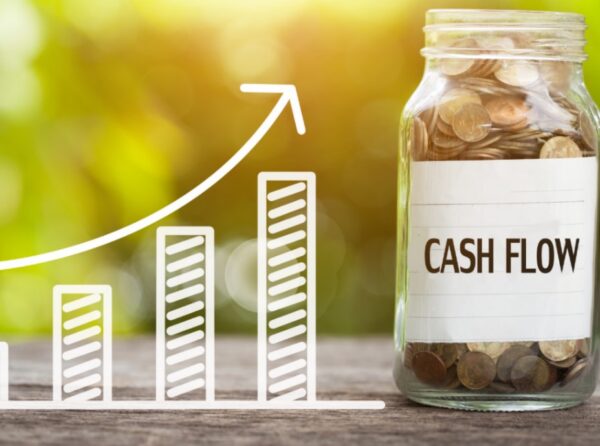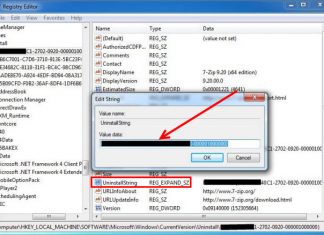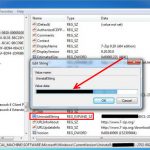Cash flow is the lifeblood of all businesses. Without it, you are dead in the water. Yet many small business owners still find themselves struggling to get a handle on their finances. The good news is that understanding your cash flow doesn’t have to be complicated, and there are plenty of steps you can take to improve it.
Cash flow management is a crucial part of any business, and it’s important to understand it. This article will show you the ins and outs of managing your cash flow so that you can have the most success in your business journey. The best way to understand where your money is going is to keep track of it by reviewing your expenses and income on a regular basis.
Understanding Your Cash Flow (Definition, Importance)
Cashflow is a term that refers to the movement of money into and out of a business. It’s necessary for every business owner or manager to understand cash flow so they can effectively manage their finances.
If you’re not familiar with accounting, this may seem like an intimidating task, but it’s important to learn how your business makes and spends money on an ongoing basis and we have tried our best to put everything in simple terms. The goal is to maximize your income while minimizing your expenses.
Also, it’s very important to keep in mind that before you can start saving money, you need to raise money first. There are two major ways to get money: you can sell the products and services you provide or get money from investors.
Understanding Cash Flow Statement

There are three categories that make up the Cash Flow statements on the balance sheet of any business:
Operating Cash Flow
Operating cash flow measures a company’s true cash operating performance by reporting only operating revenues and expenses. It is often used as a more accurate alternative to net income, which can be manipulated by accounting practices.
The first step in calculating operating cash flow is revenue minus expenses, or the top line of this formula. This is followed by non-cash charges such as depreciation, amortization and stock option expense, and changes in working capital.
Investing Cash Flow

Investing Cash Flow is the amount of money that your business can reinvest in itself. It is a concept that is a little bit hard to understand but it is vital to know as an entrepreneur that you should try and keep this number high at all times.
Investing cash flow can be used for all sorts of things, such as paying down debt, buying new production equipment, paying for marketing campaigns, and other related expenses. Investing cash flow is not to be confused with Profit which is the money you have leftover after your expenses have been paid and your debt has been paid off.
Financing Cash Flow
This category, also known as cash flows from financing activities, reports on the issuance or repurchase of company stocks and bonds, and the payment of their dividends. Balance sheet fixed liabilities and changes in equity are reported under treasury activity.
Creating a Clear Picture of Your Business Right Now

To begin your cash flow analysis, take some time to think about your current situation. Start with the big picture: how much money you have coming in every month, and how much you are spending in terms of salaries and expenses.
If you have any financial obligations, you should add them to this figure, so that you can calculate how much you will need to earn in order to cover those payments.
Look back at your business income and expenses for the previous month and list the expenses you incurred along with their total amounts. For example, you might have noticed that some of your employees still owe you for services rendered. This amount should be listed alongside the total amount of your business income in the previous month.
Looking at Your Income and Expenses
- These days, there is a wide range of services that can be used to help you keep track of your income and expenses. Some of these can even help you find a better salary.
- Today, thanks to smartphones, small businesses have access to some of the best financial tools available. Take a look at expense tracking software like
Upflow to see how they can help you track expenses and even automate the whole process.
Making Sure You Can Pay Yourself

If you are an entrepreneur or business owner, then you should be asking yourself, “Can I pay myself?” The answer to this question is critical to the success of your business. If you can’t afford to pay yourself, then you are working for free and putting your entire future in jeopardy.
For every person who is creating a new business, there are probably 10 people who have started a business but failed to make it a success. The majority of those failures occurred because the founder had no savings or income and was relying on their business revenue to live.
Putting it Together for Cash Flow Planning
Most of us struggle with the concept of forecasting. You see people spend hundreds of dollars on, say, expensive video game gear, only to come to your office and ask you how much of that spending they can afford to do in the future.
Most of us are simply terrible at forecasting. It’s difficult to give a reasonable answer when you have no idea how much money you have coming in or going out.
Understanding your cash flow should not be an exercise in futility. Tracking your expenses and income will allow you to get a handle on your income, which will allow you to set aside money for future needs, and even set a goal for when you want to reach that number.
Conclusion
Focusing on what’s important and having a plan in place is what will make your business a success. At the same time, it’s also important to understand your finances and how to fix problems if they arise.



















